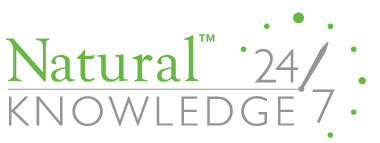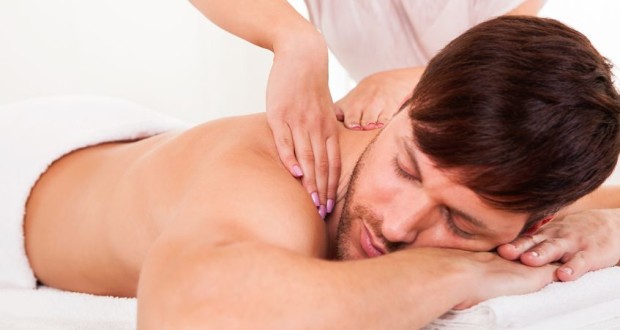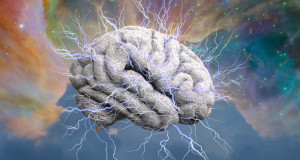Massages are generally thought of as a technique for helping the body to relax. Judging by the amount of money Americans spend on them, it seems that massages are very effective in helping customers unwind. The American Massage Therapy Association (AMTA) reports that in 2005, the massage industry hauled in $6 to $11 billion dollars per year. Just five years later, the AMTA estimated that this figure had swelled up to the $12-17 billion range. Even in the wake of recent turmoil in the overall economy, the industry still had a value of $10 to $11 in the year 2011.
With their growing popularity, it should be mentioned that massages may do more than just relieve stress. Recent research has found that massages can also have a positive impact on the body’s overall health. Perhaps this helps explain why a significant number of people turn to massage therapy to address various ailments.
The History of Massage Therapy
Massage therapy has a longer and richer history than you might think. In fact, historical evidence indicates that forms of massage therapy have been around for millennia, as writers from ancient Egypt, China, Rome, Japan, Greece, India and Arabic societies all mention the practice. Likewise, doctors have long argued that massage therapy offers numerous health benefits. Hippocrates, one of the most famous physicians ever to live, even defined medicine as “the art of rubbing.”
Americans first became aware of massage therapy in the 1850s. Two American doctors had learned about massage therapy while studying in Sweden, and began practicing it on patients in the United States after returning home. Massages quickly became popular in the United States, gaining a reputation as an effective medical treatment. The development of new medicines in the 1930s and 1940s, however, put an end to massage therapy’s time in the spotlight.
After being largely forgotten, massage therapy experienced a renaissance during the 1970s, and proceeded to become even more popular over the following decades. One of the reasons for this trend is that professional athletes began using massages to alleviate muscle pain and stiffness. A good measure of massage therapy’s popularity can be found in the 2007 National Health Interview Survey, which reported that roughly 18 million adults and 700,000 children underwent massage therapy in the preceding year.
Types of Massage
The term “massage therapy” actually refers to a number of different massages, each with its own distinct characteristics. Below is a list of some of the more prominent types of massages in the United States:
Swedish Massage – The title of the most popular from of massage in the US belongs to this Swedish import. The hallmarks of a Swedish massage are long, gentle strokes performed in a kneading fashion. Massage therapists use Swedish massages to in order to relax their patients. This technique also improves blood circulation.
Deep Tissue Massage – In contrast with the gentle approach of Swedish massages, a deep tissue massage relies on slower, more intense strokes to achieve its goals. Deep tissues massages are frequently used to loosen tight muscles and/or to help the patient recovery from injury.
Shiatsu – Originating from Japan, shiatsu massages share some similarities with acupuncture, in that they aim to improve the flow of Qi throughout the body (in traditional eastern medicine, “Qi” is a term used to describe the essential energy that allows the body to function).
Thai Massage – As with Shiatsu massages, the main traditional purpose of a Thai massage is to facilitate the movement of Qi inside the body. During a Thai massage, a patient is placed in a number of various postures, while the therapist massages the patient using his or her hands, legs, feet and knees.
Sports Massage – Sports massages are often used to prevent injury in professional athletes, as well as those who frequently participate in athletics. This type of massage is also geared toward improving flexibility.
Benefits to the Body
With an increasing number of adults and children getting massage therapy, a number of studies sought to measure the impact of massages on human health. One such study was conducted by the Cedars–Sinai Medical Center (CSMC), a non-profit hospital and medical research institution based in Los Angeles, CA. Researchers from the CSMC’s Department of Psychiatry and Behavioral Neurosciences observed the effects of massages on a group volunteers.
Prior to participating in the study, each potential subject was vetted for both physical and mental abnormalities. Upon obtaining a clean bill of health, the volunteers were then split into two separate groups. One group, consisting of 29 participants, received a forty-five minute Swedish massage. In contrast, the 24 members of the other group were given light touch massages, which also lasted for a total of 45 minutes.
In order to collect data from their subjects, researchers drew blood samples both before and after the massages. Before the blood draws, participants were first asked to rest for a half-hour. After this period of time had passed, each volunteer gave a sample of blood five minutes and one minute before starting their massage. Additional blood draws occurred one, five, 10, 15, 30, and 60 minutes after the massage had ended.
The CSMC study found that the Swedish massages appeared to have multiple positive effects on the subjects. Following the Swedish massage, the blood draws revealed that the participants’ levels of cortisol had decreased. Cortisol is a hormone released by the body in response to stress, earning it the nickname of the “stress hormone.” While cortisol does play an important role in the body, prolonged elevated levels of this hormone can trigger numerous health problems.
Additionally, the Swedish massage group also exhibited lower levels of arginine vasopressin, another type of hormone that can increase the amount of cortisol in the bloodstream. The study further noted that Swedish massages lead to lower levels of cytokine proteins, which in excessive amounts can trigger inflammation. Finally, Swedish massages also boosted the subjects’ immune system, increasing the number of infection-fighting white-blood called lymphocytes.
The volunteers who in the light-touch massage group also reaped some notable benefits. Compared with the people given Swedish massages, these subjects experienced larger increases in the hormone oxytocin, which rise when the body experiences feelings of pleasure and contentment. Blood samples also indicated that light-touch massages caused a greater reduction in adrenal corticotropin hormones, which work to increase cortisol in the body. The study was published in its entirety in the October 2010 issue of the Journal of Alternative and Complementary Medicine.
Admittedly, there is a relatively small amount of research focusing the health benefits of massages. Some of the research that has been published, however, does suggest that massage therapy could be medically beneficial to the body.
 Natural Knowledge 24/7 Educate yourself with nutrition, health and fitness knowledge.
Natural Knowledge 24/7 Educate yourself with nutrition, health and fitness knowledge.






